THE INTERVIEW
Janvier, 2024
FRANCK REYES
Film : Dante, el prisionero de la torre
Director : Frank Reyes
Frank, tell us a bit more about yourself. Where does your desire to be a director come from?
When I was seven years old I saw a reel of Popeye the sailor. It was black and white and silent. It caused such impression on me that from that very day cinema became a passion for me. In my teenyears I enjoyed independent theater ensembles in Chile, my home country. I will work with theater untill my mid twenties in Sweden. But I left it, because Iwas a very bad actor so theater was not for me! Once I move to Sweden I started doing some documentaries. But I left it too because the lack of resourses. Until now, when I am living in Spain. Here, with other artists we decided to found OjitodeGato Producciones. Due my theatrical experience and my own education in cinema, I started producing some documentaries *one of them, “Pancha Tequila”, was very well received by festivals an d audiences. So this encouraged me to continue and start exploring the cinema of fiction.
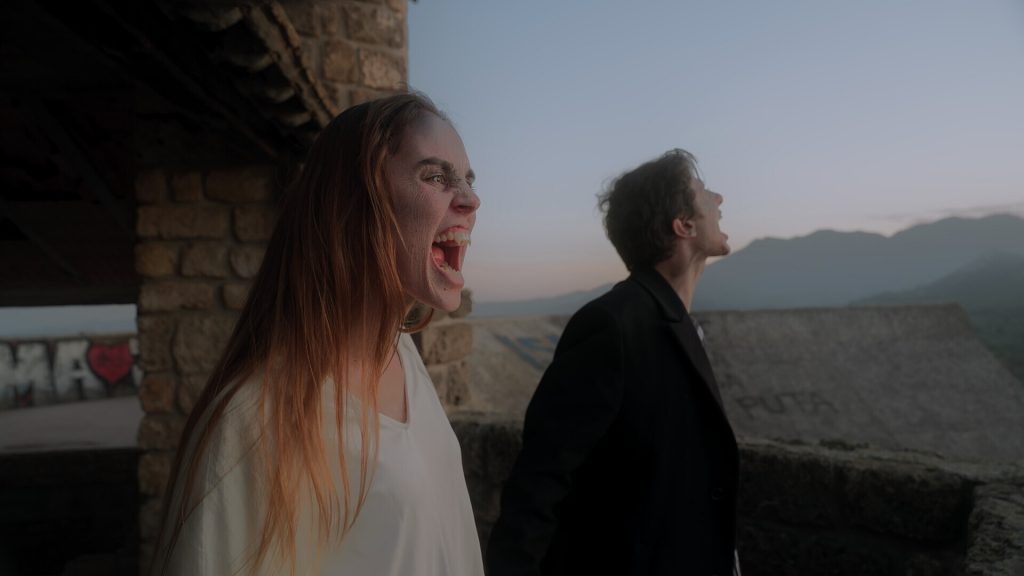
What is your background?
Dante is the result of a walking in the mountains. A couple of friends invite me to see a very particular place, an abandoned tower alike building. When I saw it my first thought was “What a good place to make a short film about a vampire” A solitary vampire exiled in that tower, contemplating from the hights the landscape below and meditating about the boredom of inmortality. But that was so simple so I decided to create a conflict. The vampire has isolated himself in that tower because he does not want any contact with outisde world. He is there, trapped in his confort zone. Until a girl vampire, Sol, is coming to annoying him! The tower is for me a powerful reference. The tower where the princess is locked, the tower where the prisoner waits for the executioner. A simbol of our own tower where all of us are trapped desesperately strugling to get out and fit in a world that is not made for vampires or humans.
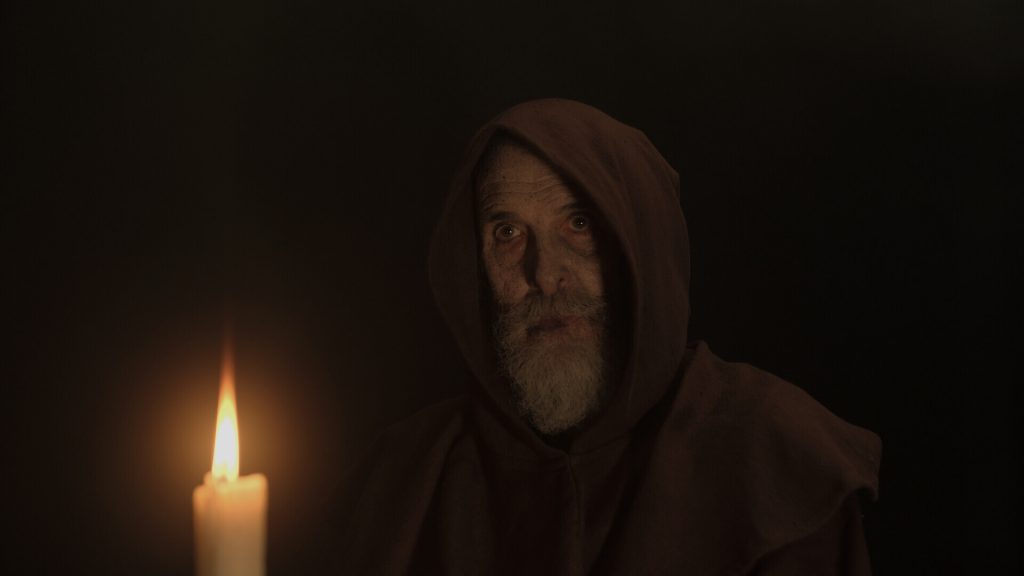
What were your reference for Dante, el prisionero de la torre?
In DANTE I make some references to my favorite masters of cinema as Carol Reed, Alejandro Amenabar, Francis Coppola, Alfred Hitchkock, etc.
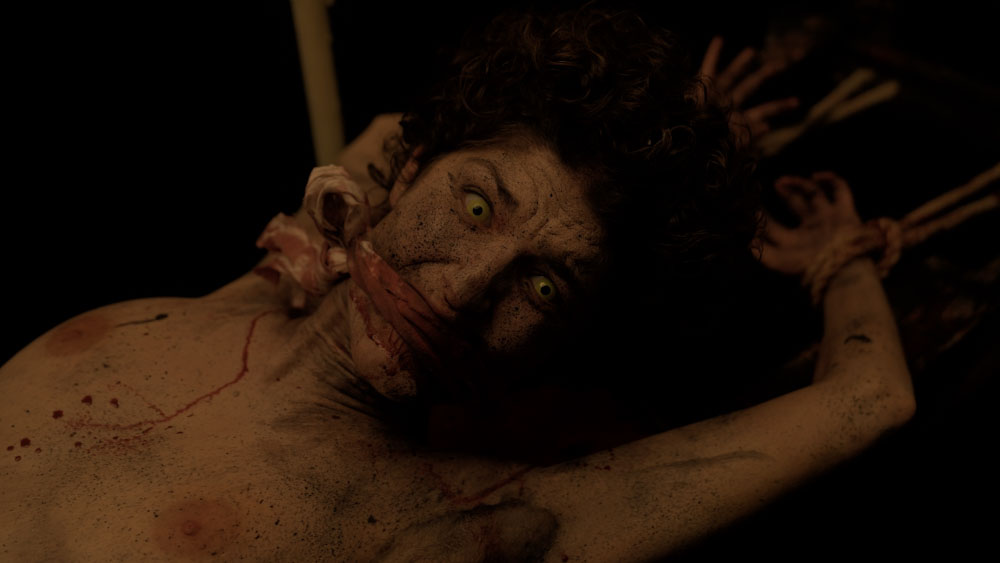
Frank you won Best ENSEMBLE at the RED Movie Awards, what does that mean to you?
Best Ensemble means a lot for me. You know I made this film with a bunch a young talents, technicias and actors, who, due their youth, have very little possibilities of working with real cinema and get a pay for it. That is why I apprecciate your award because it not dedicated to an individual but to a group of very passionate young persons who really love cinema.
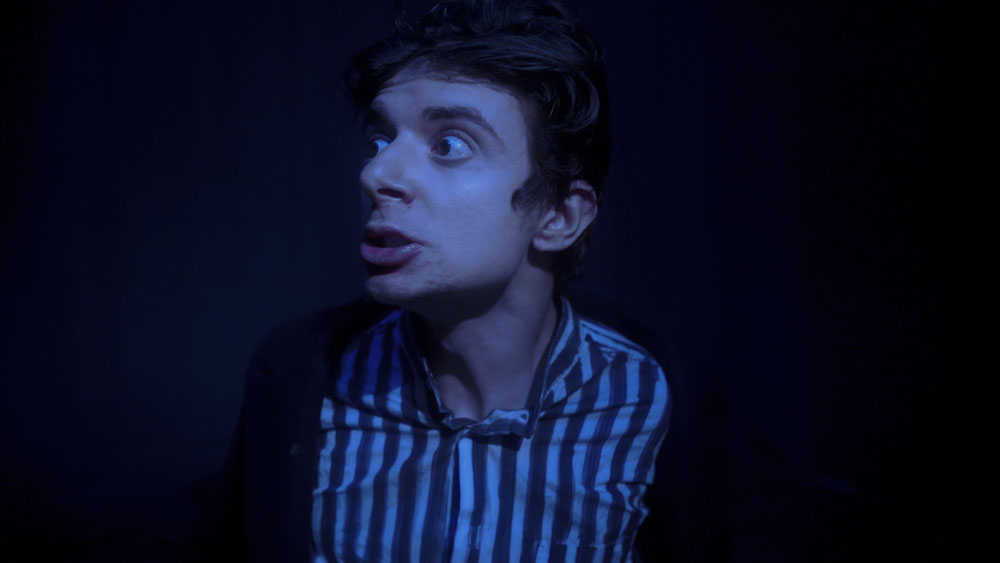
Can you tell us about your work with actors?
I love working with actors. I am a very open minded director, so for me every idea which can make the movie better is welcome. With the actors and actresses I start working at once trying to leading them into their characters and start the construction of the persons, putting them in the physical environment. They will interact no just with each other but with the scenography around them. In DANTE this was very important because the tower, being a kind of womb where DANTE is hidden, has own life, own light. It will be open until Sol takes comand of the situation after the fight with Dante.
What was the biggest challenge in this shooting?
The biggest challenge for any director working with independent movie making is the lack of resourses. Film making is a very expensive activity.
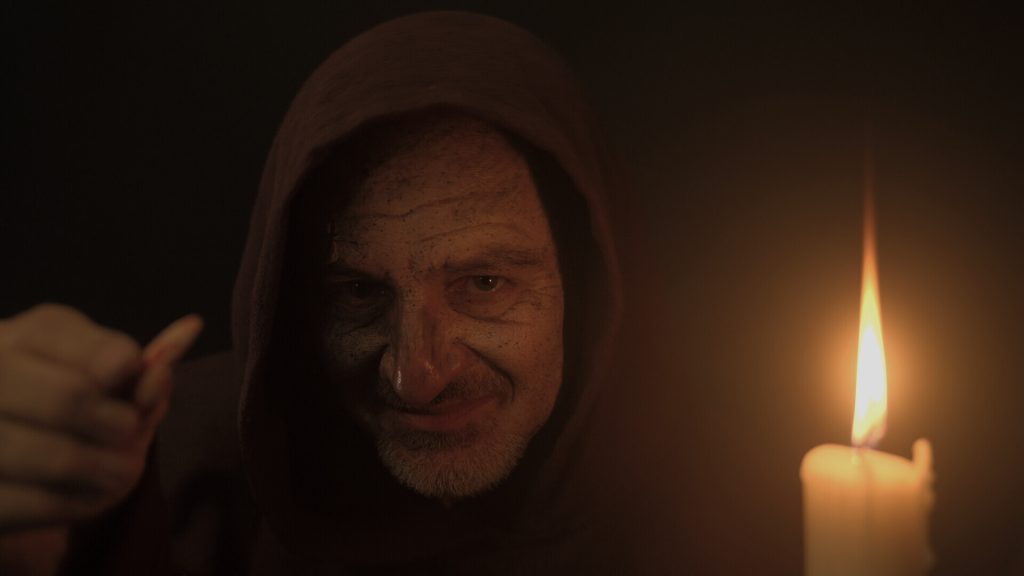
Do you have an anecdote to share with us in particular?
Well, the very nice anecdote was working what the little boy Oliver as young Dante. He was eight then and never been on stage. He was nervous but we said to him that shooting a movie was like playing games like hide and seek. So in his part of the movie we turned into kids and we keep that spirit until,the end of the shooting.
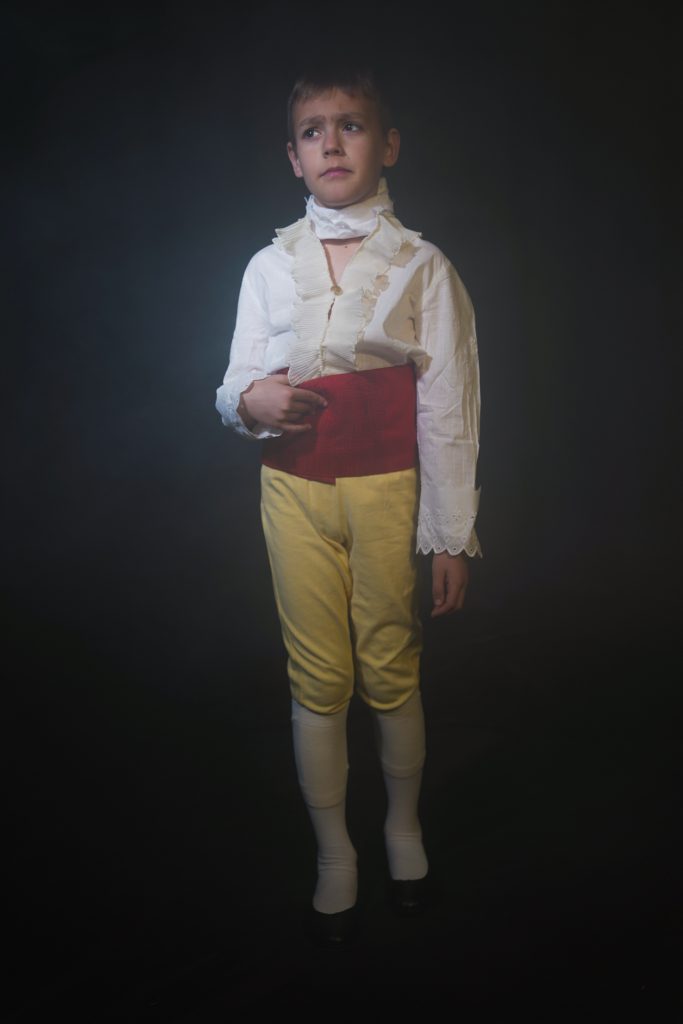
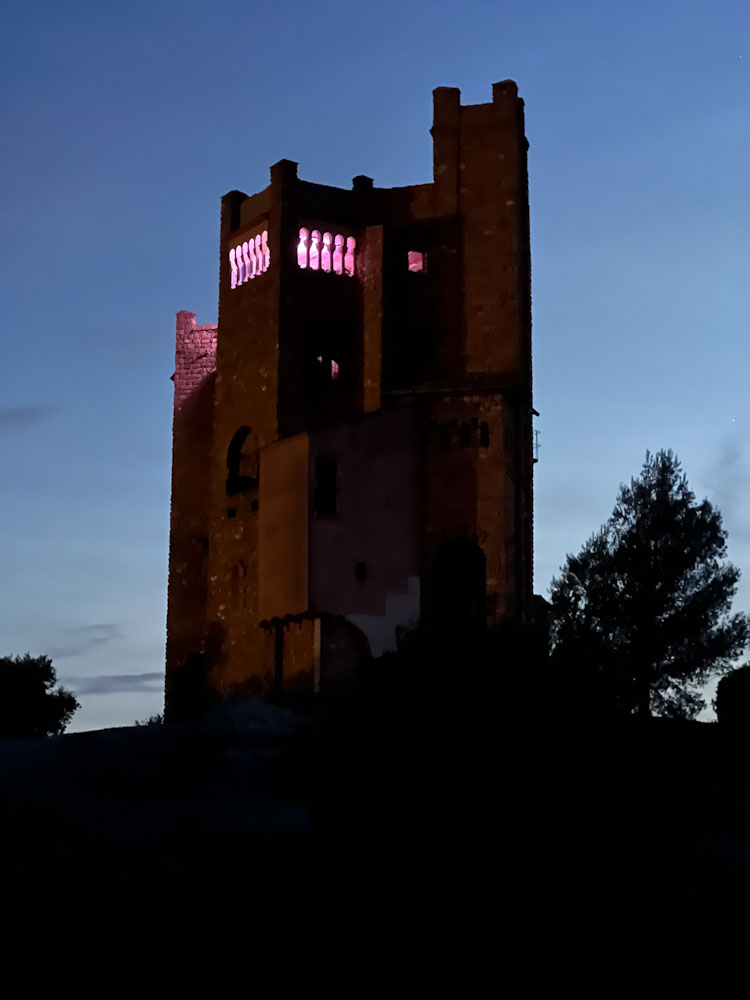
Since the creation of cinema there have been many vampire films, how have you been able to renew the genre?
I agree with great master Fellini when one of his characters says “everything in done, everything is wrote… and better” But there are multiuple approaches to an artwork.
In DANTE`s case we may approach from different angles:
- It is about just a common vampire story with two young vampires. One, the boy, concealed in a tower and then a girl vampire coming to help him.
- It is the story of two youngsters trying to find a place of their own in a world that is hostile, not fit for them or for human beings.
- The most interesting approach is that of the myth; that the heroe or, if you prefer, the anti-heroe, because of Dante´s softness or vulnerabily, has to begin a trip from the interior of the vomb of the tower to the ouside world. In order to achieve it he needs a guide, a master, who will provide him with the emotional resources to do this iniciatory travel, to transform himself from a weak person into a strong one. She will the person who will encourage him to get out and confront the first peril of all: the sunlight.
Can you tell us about the production methods, is a film produced in a classic way? Or self-production?
All my projects are, until now, of self/production. I write the idea, get the economical means to produce it and direct it. I have a very broad culture background, so I can help the team with methods and ideas from looking for locations, stage design, music, photography, etc. In this way they can produce the film I was dreaming of.
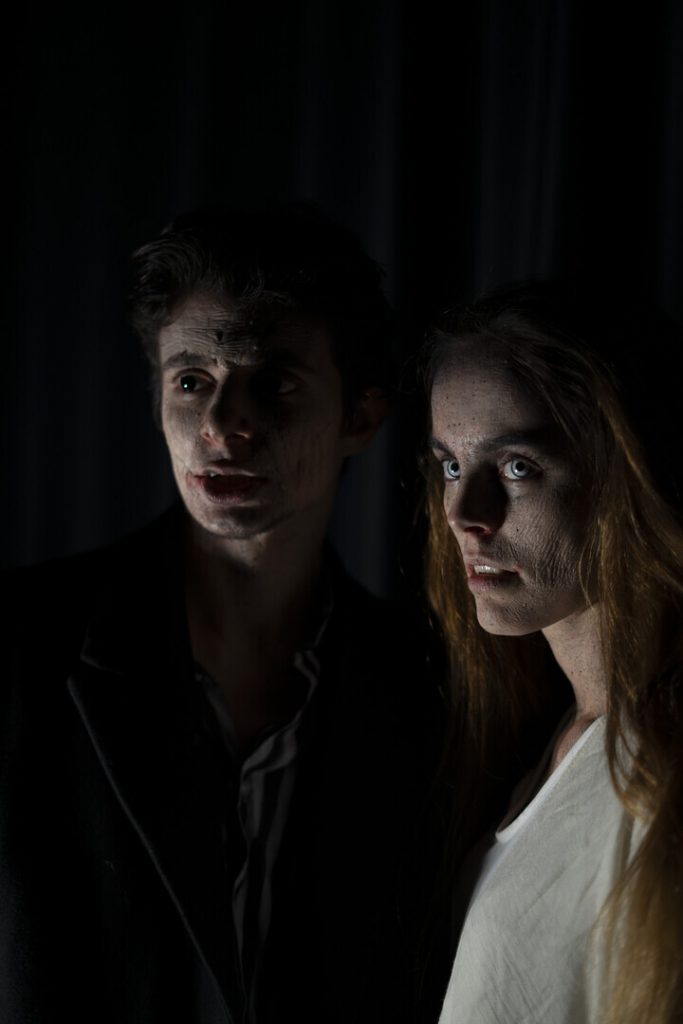
What is your next project?
Plans for the future. I am embarked in a very powerful story about two women, mother and daughter, living in the country side in the middle of the forties of the last century somewhere in Southamerica or the mediterranean area.

